Now that the weather is warmer (I'm writing this in June), I've been commuting more often by bicycle and the longer rides have got me thinking about how to prevent and treat ingrown hairs. Fortunately, we have some simple and effective techniques and tools for keeping our pores open and healthy.
Whether you wax, shave or keep it natural, ingrown hairs can go from irritating to life threatening. I'm not joking! Not to be a fear monger, but I will say that, when I was a massage therapist and just beginning my foray into formulating skincare, one of my frequent massage clients almost lost her life to - seriously! - an ingrown hair. She was a competitive road cyclist and doing very well that season, slated to win some important races, so she was training hard. To keep it short, she noticed an ingrown hair (down there) and ignored it. I mean, what's the big deal, right? Well, cycling is a sweaty business, the pore became infected and she ended up in the hospital with sepsis and missed the big race. Fortunately, IV antibiotics saved her life. When I saw her again, we started talking about how to prevent and fix ingrown hairs and I began doing some serious research.
How Do Ingrown Hairs Form?
- Waxing
- Shaving
- Tight fitting clothing
- Sweating
- Rubbing and chafing
- Lack of regular exfoliation

Hairs grow in follicles (pores) in our skin and we're born with over six million of them! A sebaceous gland is attached to each follicle and provides nourishing sebum (oil) to keep the hair healthy. Hairs can sometimes bend down and grow right back into the skin, causing inflammation. More commonly, hair follicles, like all of our skin pores, can get clogged with excess oil, dead skin cells, dirt, makeup, etc. And when they get clogged, a newly growing hair can turn back inside the follicle and continue growing under the skin. When we shave, the end of the hair is blunt and sharp and doesn't always grow back up through the natural opening. Waxing can damage the hair follicle. Both waxing and shaving can cause tiny wounds, inflammation and infections. Wearing tight clothing that rubs on the skin, or chafing from activities like cycling and running while sweating can also cause ingrown hairs, so let's talk about how to prevent and treat them.
How Can We Prevent Ingrown Hairs?
Keep Pores Clear. That's it and fortunately it's pretty simple. While the concept is the same all over our bodies, we can use different products and tools depending on how sensitive the skin is in each area.
Here are a few things to keep in mind for preventing ingrown hairs:
- Manual Exfoliation: Scrubbing & Dry Brushing
- Chemical Exfoliation: Acids
- Use Care While Waxing & Shaving

Chemical Exfoliation: Helpful Acids
Lactic Acid
Lactic acid is one of the most gentle acids we can use to dissolve dead skin, so it's the perfect option for more sensitive areas. Don't be fooled by it's gentleness- the right percentage of lactic acid in a product is very effective. The word lactic conjures up milk products, but our lactic acid comes from plant sugars, like beets and corn. I love how easy it is to use in our Coconut Lactic Peel. It's a light cream that can be applied just about anywhere on the body (obviously avoid your mucus membranes and eyeballs), let it sit for fifteen minutes and rinse off. Easy-peasy. Always do a patch test when using an acid for the first time, or using it on a new part of your body.
Salicylic Acid
Every one of our products is born of a need and many of them can treat several different skin conditions, take for example our
Willow Bark Pore Refining Serum. Designed to keep pores clear and blemishes at bay, this gentle but powerful formula is the perfect remedy for ingrown hairs as well. Willow Bark contains high amounts of salicin- the naturally occurring form of salicylic acid. Salicylic acid is lipophilic - it bonds with oils and breaks down and dissolves the dead skin, oil and whatever else is clogging our pores (dirt, makeup, sunscreen, etc.). The beauty of botanical ingredients is that they contain myriad chemicals. Unlike synthetically produced salicylic acid, willow bark also contains flavanoids and the combination of these and salicin create a powerful anti-inflammatory effect. So, an application will open up the pore while calming redness and swelling. Pretty neat, right?

Manual Exfoliation: The Art of ScrubbingScrub it, brush it, rub it. Get that dead skin off! You can use a rough cloth, loofa, dry brush, sugar or salt scrub, or something very gentle like our
Cucumber Face Polish with round jojoba wax beads. Always dry brush towards the heart to move blood and aid lymphatic drainage. Using a scrub, gently massage it in circles and then rinse it off. Be sure to err on the side of being gentle, especially in more sensitive areas. I recommend exfoliating about once or twice a week. If the skin feels sensitive or painful, lay off the scrubbing for a week or two and then try again.
Waxing and Shaving Tips
Waxing and shaving can damage our skin and hair follicles, leading to ingrown hairs when the new hairs begin growing again. The skin in an around damaged pores sometimes responds to the injury by growing right over the pore, trapping the newly growing hair within. I recommend getting professionally waxed by a licensed esthetician. They have the expertise to do it with a minimal amount of injury to your skin.
When shaving, be sure to use a sharp razor and plenty of lubrication. My favorite razors are made by a small company in California called
Albatross Designs. Not only do they not test on animals, they make the finest razors I've ever used and they have a blade take-back program! Love that zero-waste concept. We carried them for years in our brick-and-mortar store. You can buy them directly from their website. Best of all? They're
very reasonably priced!
How to Treat an Ingrown Hair
- Apply a warm compress
- Gently exfoliate the skin
- Calm the inflammation
- Disinfect the area
- Pull the hair out with a sterile needle, pin or tweezers
- Apply an antiseptic, healing salve or ointment
A warm compress can simply be a soft cloth run under hot water, or you can make an herbal tea with something calming like chamomile and soak the cloth in that. Just be sure it isn't too hot. When exfoliating, be sure to be super gentle- you don't want to cause any more irritation to the affected pore. Apply a dab of Coconut Lactic Peel, leave on fifteen minutes and follow with a gentle massage of the Cucumber Face Polish or another gentle scrub. The ingrown hair may work its way out naturally now that the skin over the pore is thinner. If it doesn't, you may need to remove the hair manually. Start by disinfecting the area with rubbing alcohol. Very carefully, use a disinfected needle, pin and/or tweezers to gently coax the hair out. Once it's out, disinfect it again and apply something healing like the Willow Bark Pore Refining Serum or the Skin Doctor salve.
When Should I See a Doctor?
It's very rare, but if the ingrown hair becomes infected and doesn't respond to home treatments and if you develop a fever and chills, go see your doctor or to the urgent care clinic immediately.
Products to Prevent and Treat Ingrown Hairs

Willow Bark Pore Refining Serum
Coconut Lactic Peel
Cucumber Face Polish
Detox Lemon Drop Brightening Sugar Scrub





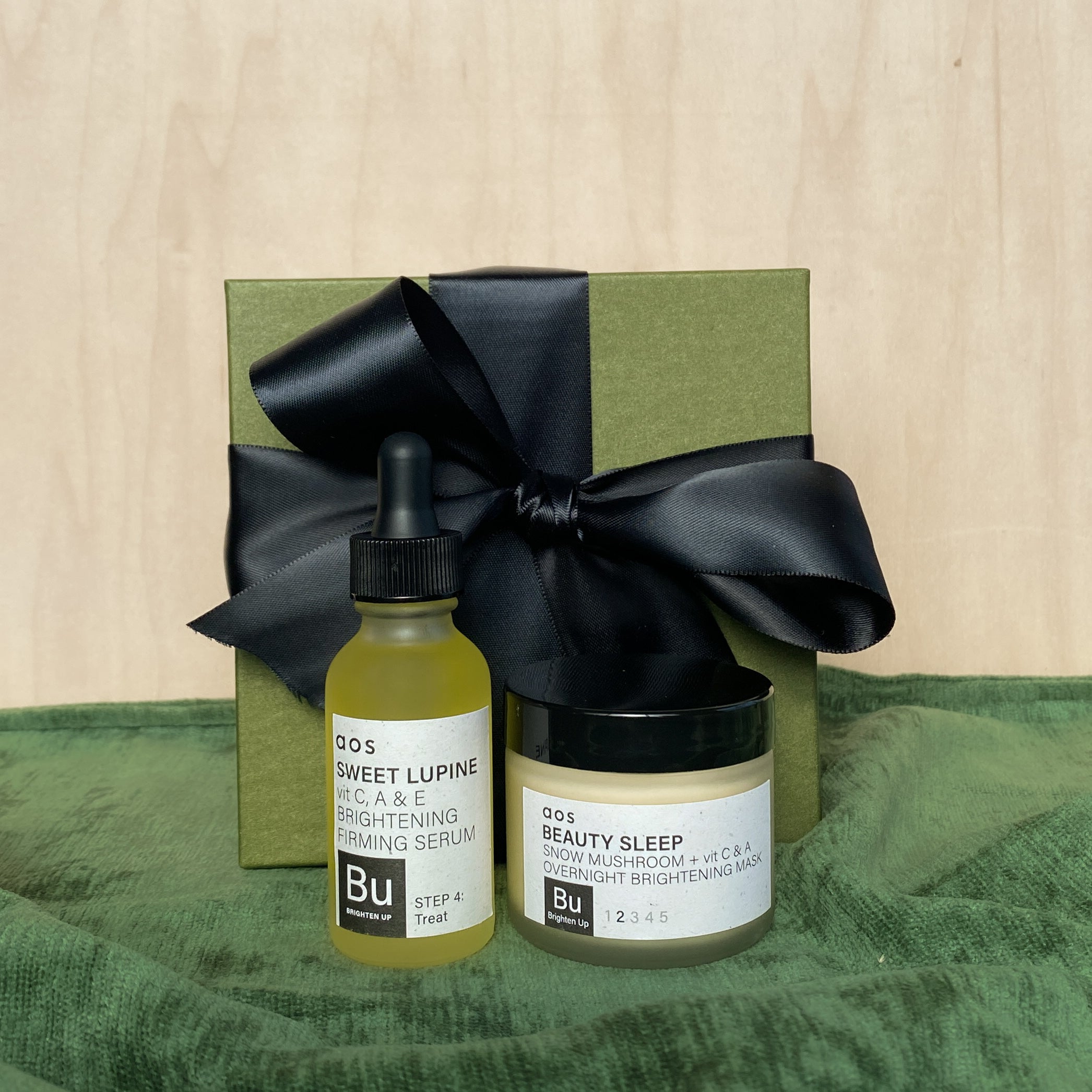

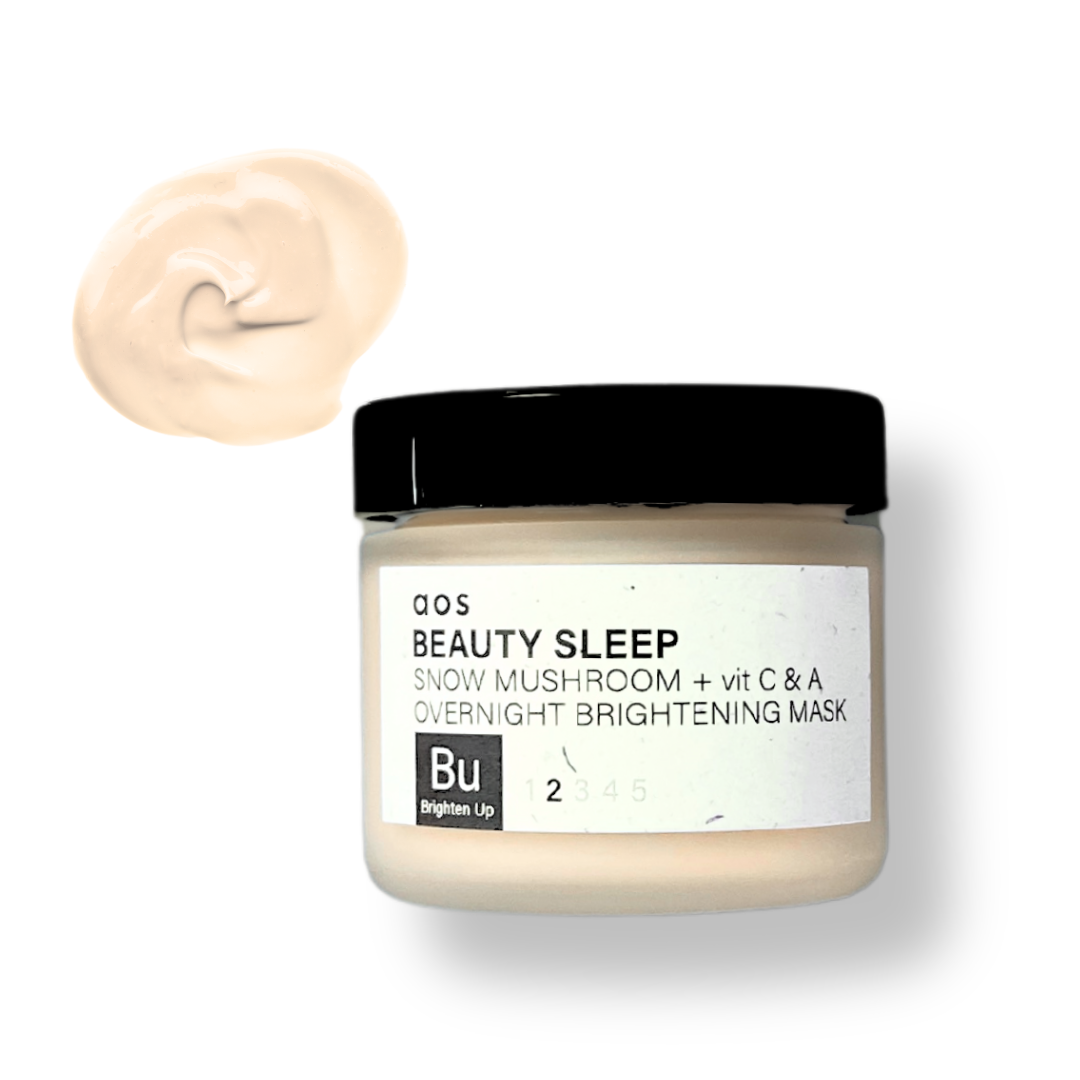

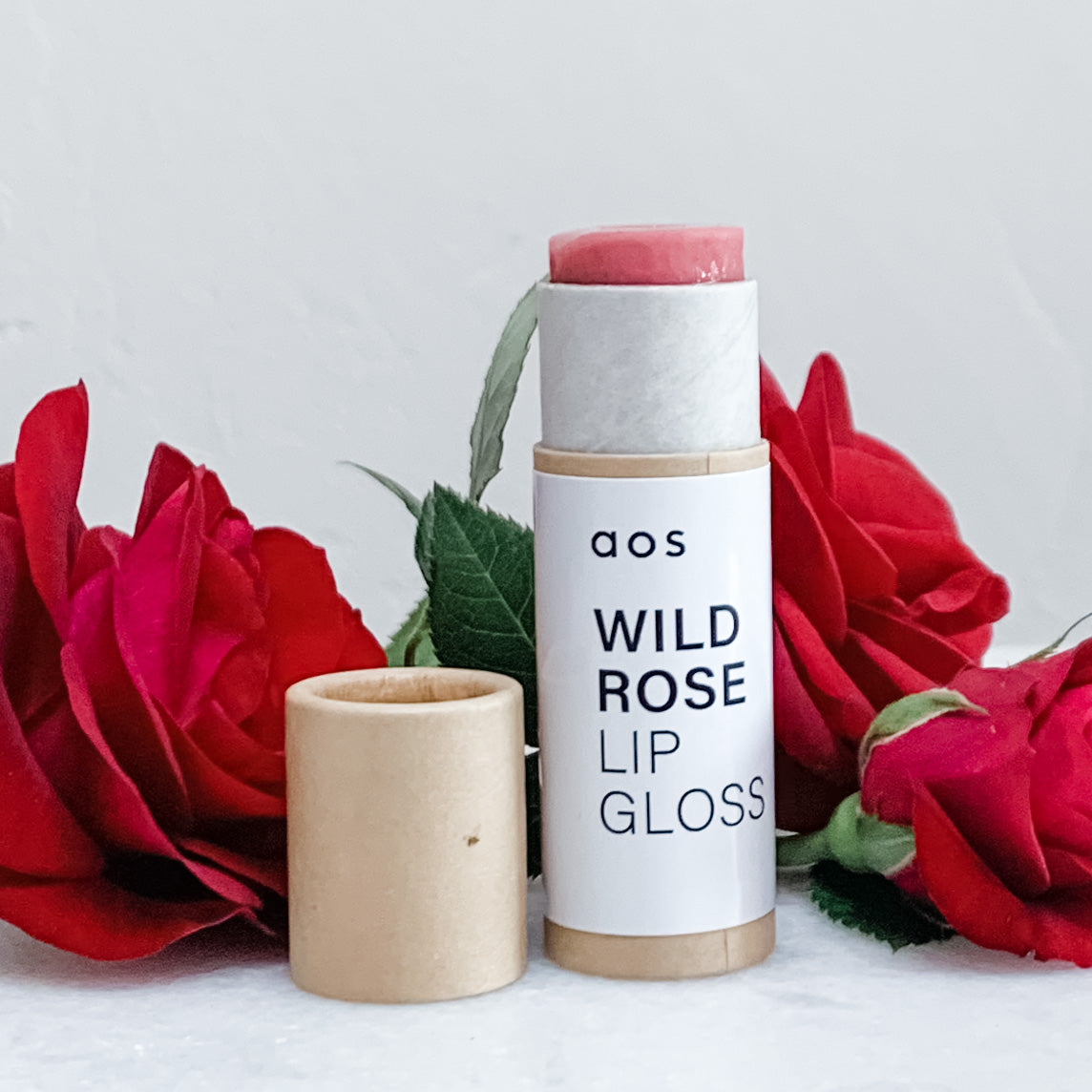
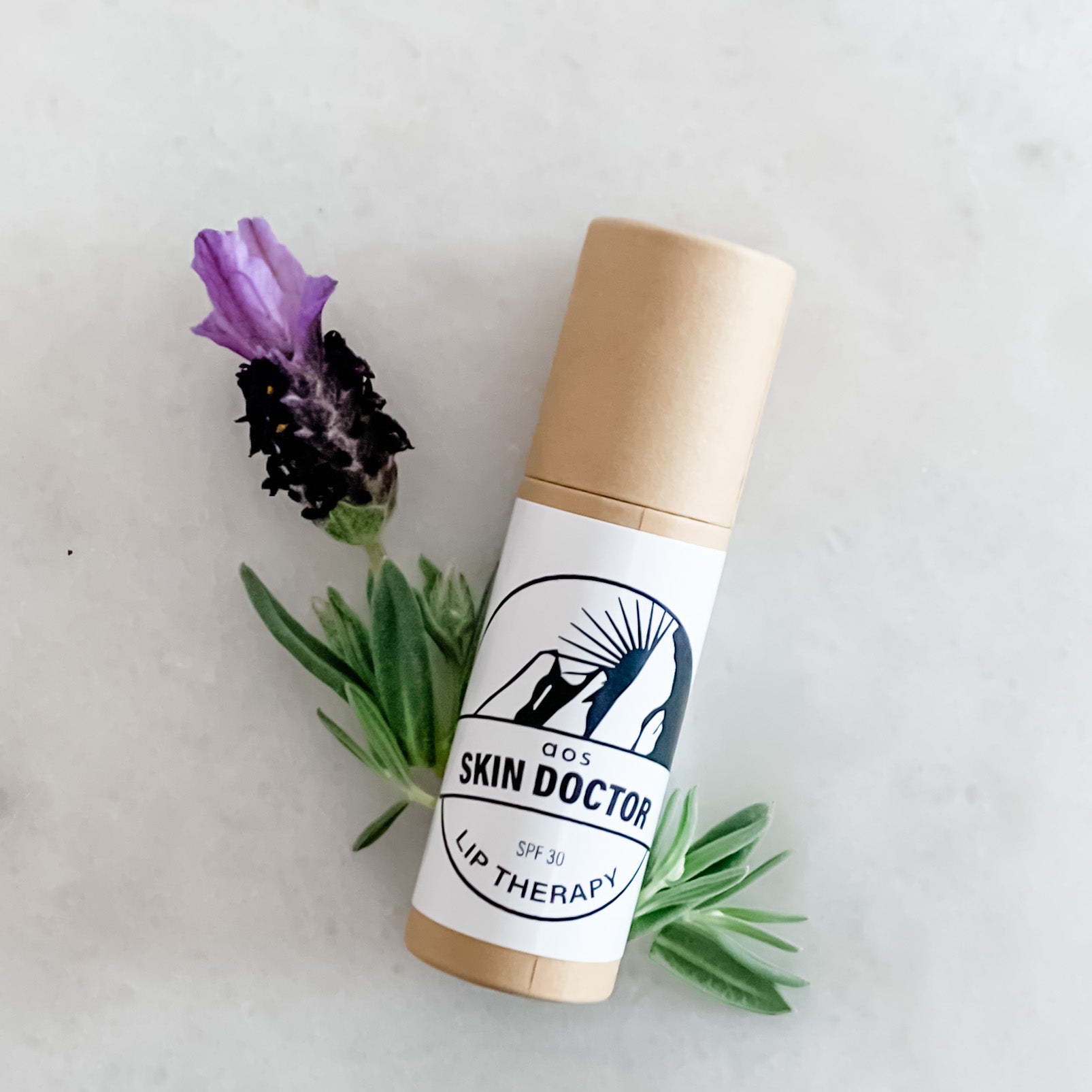

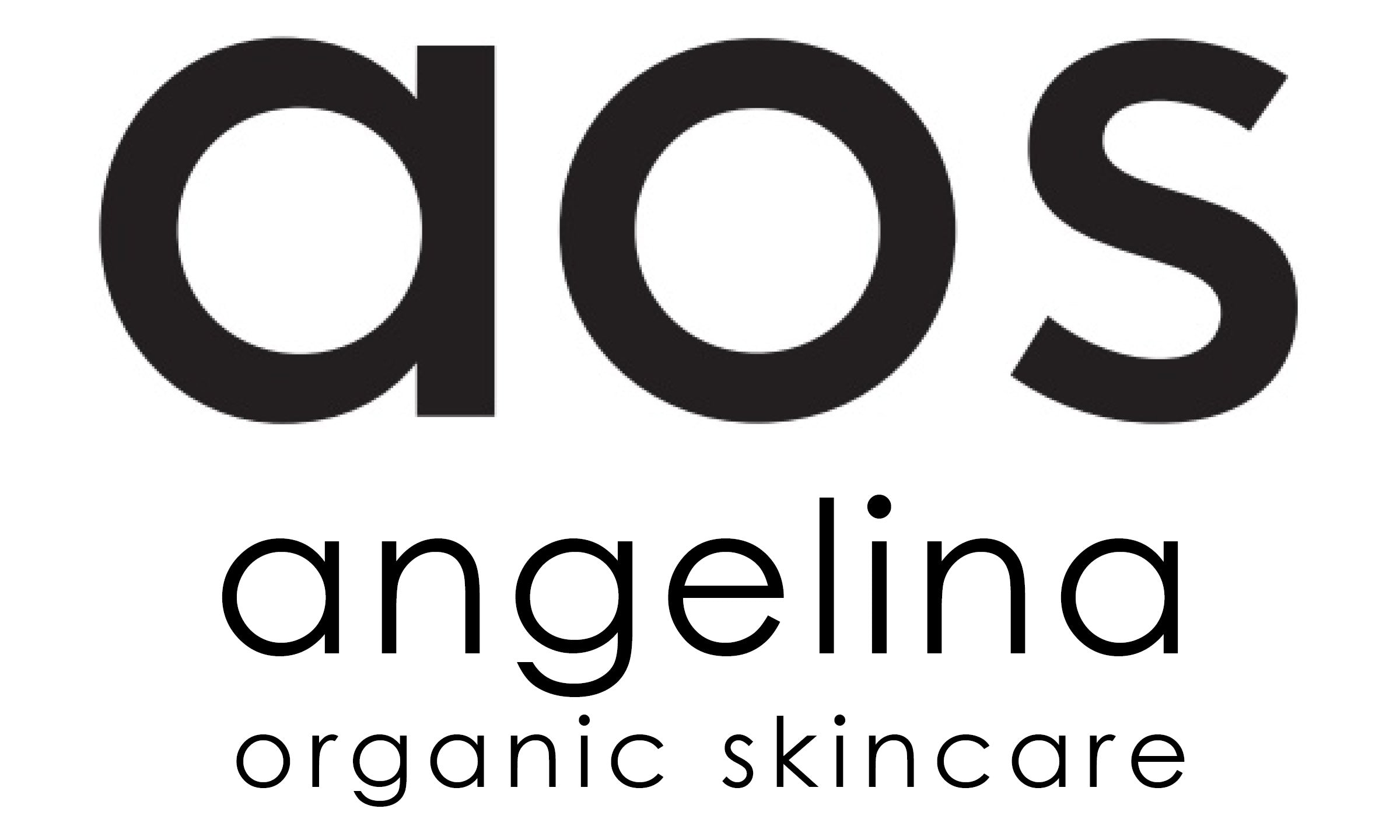


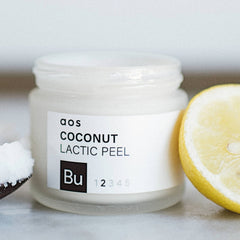





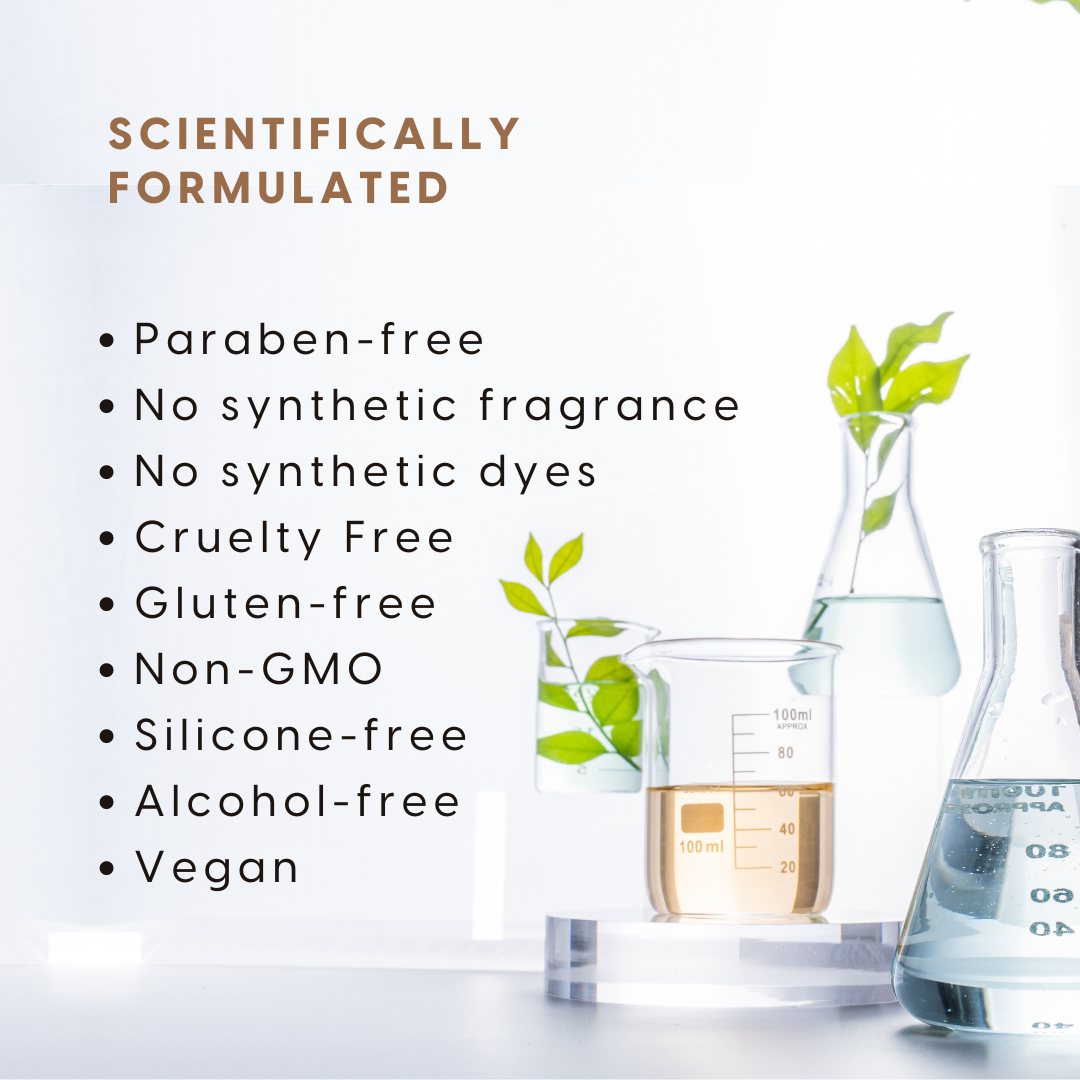
















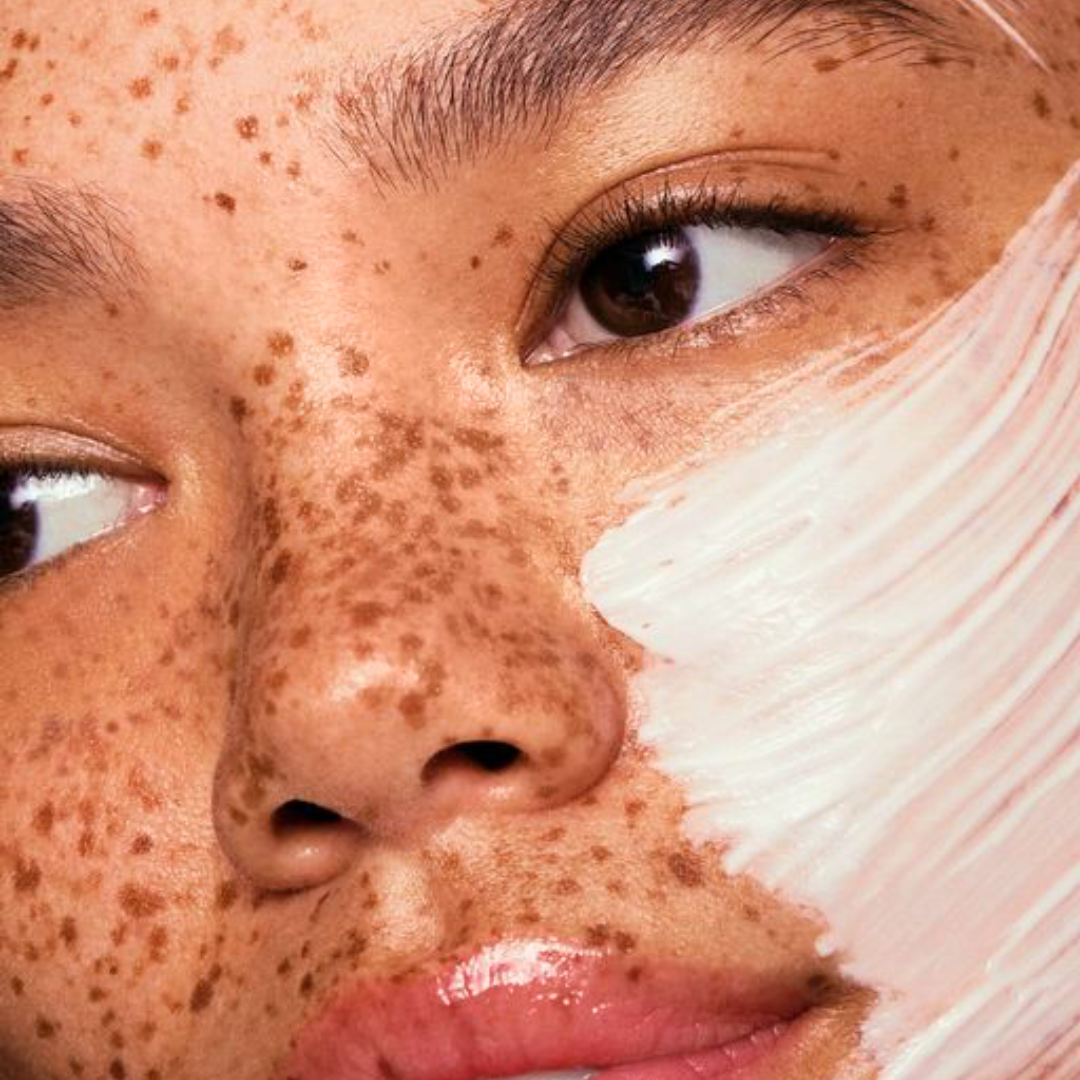

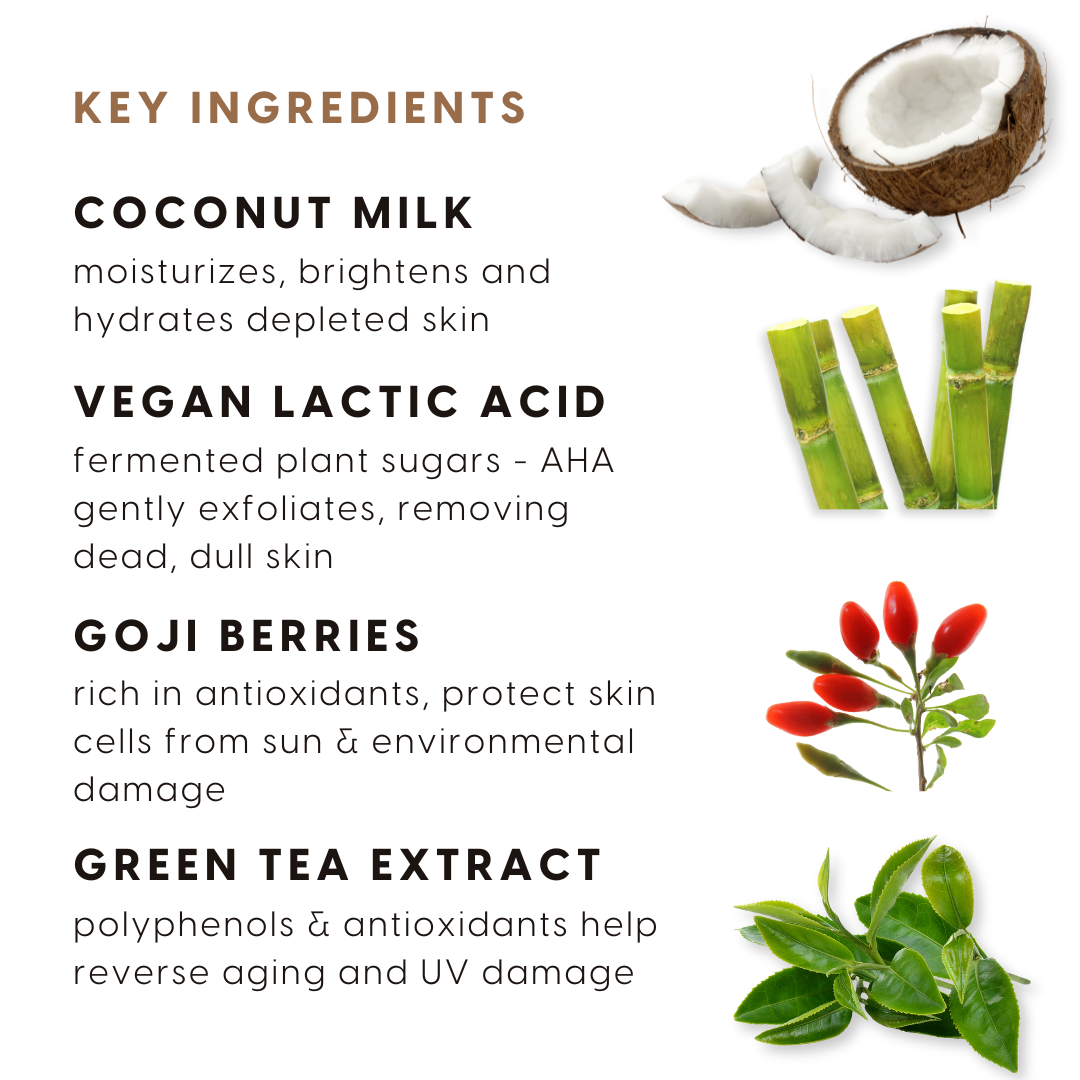

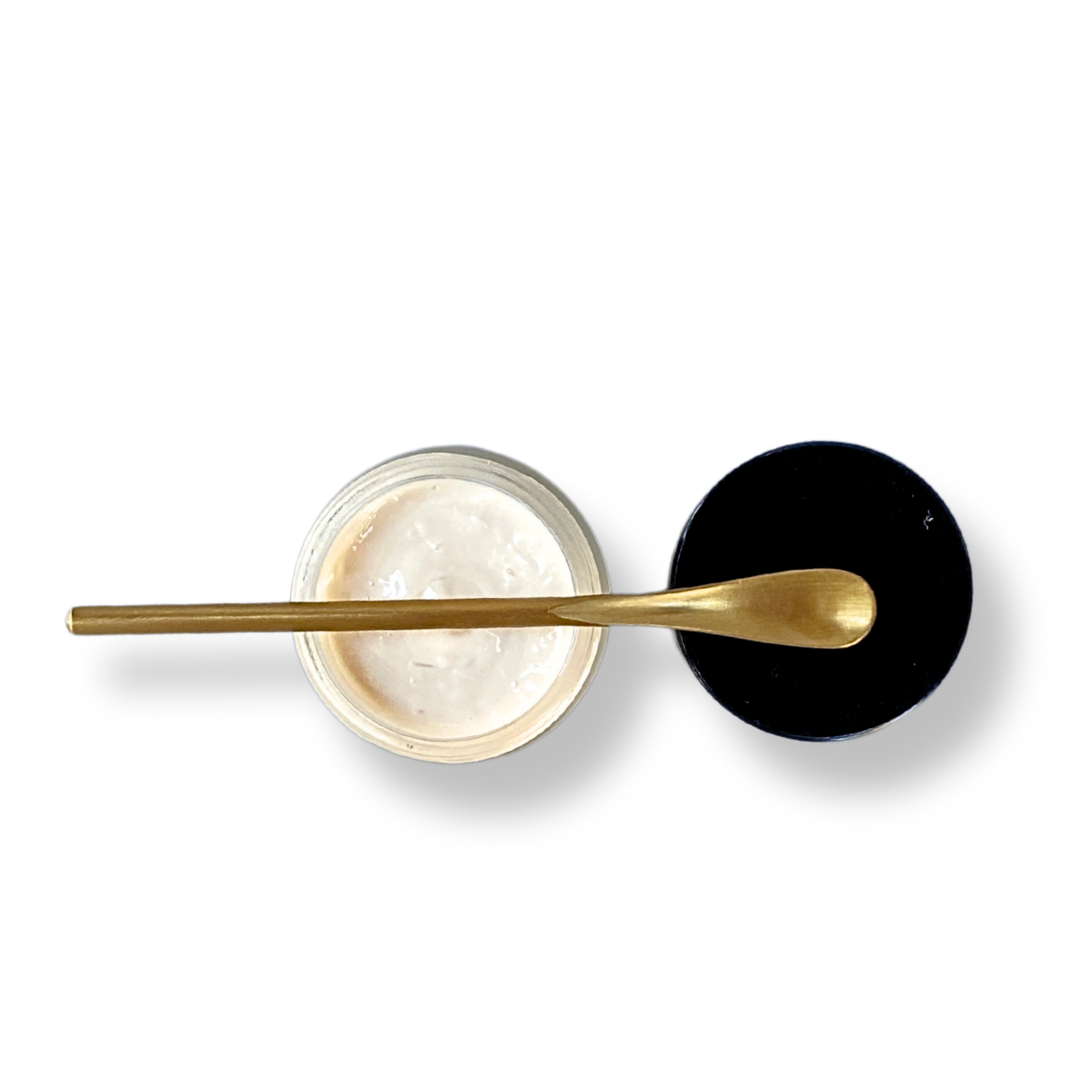
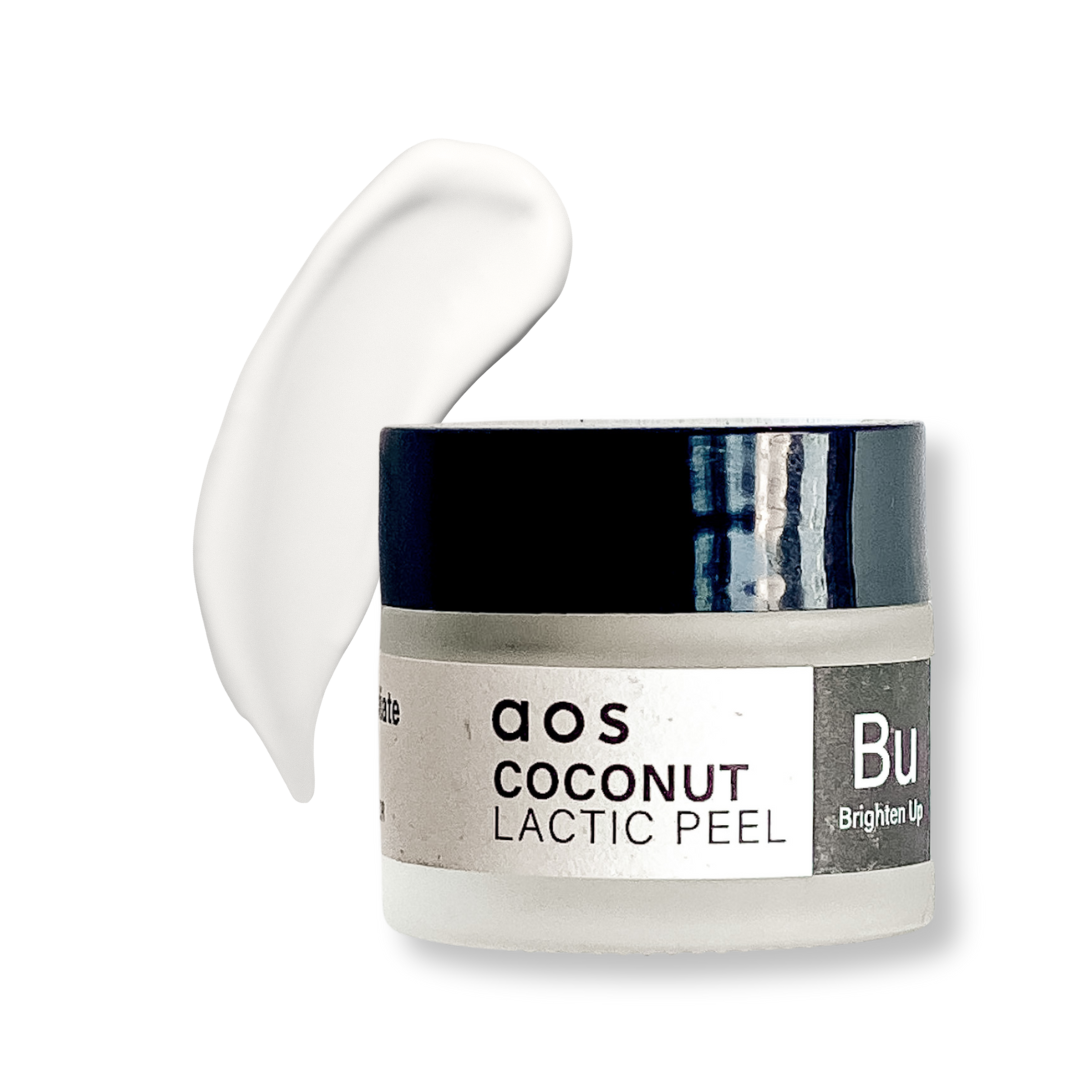







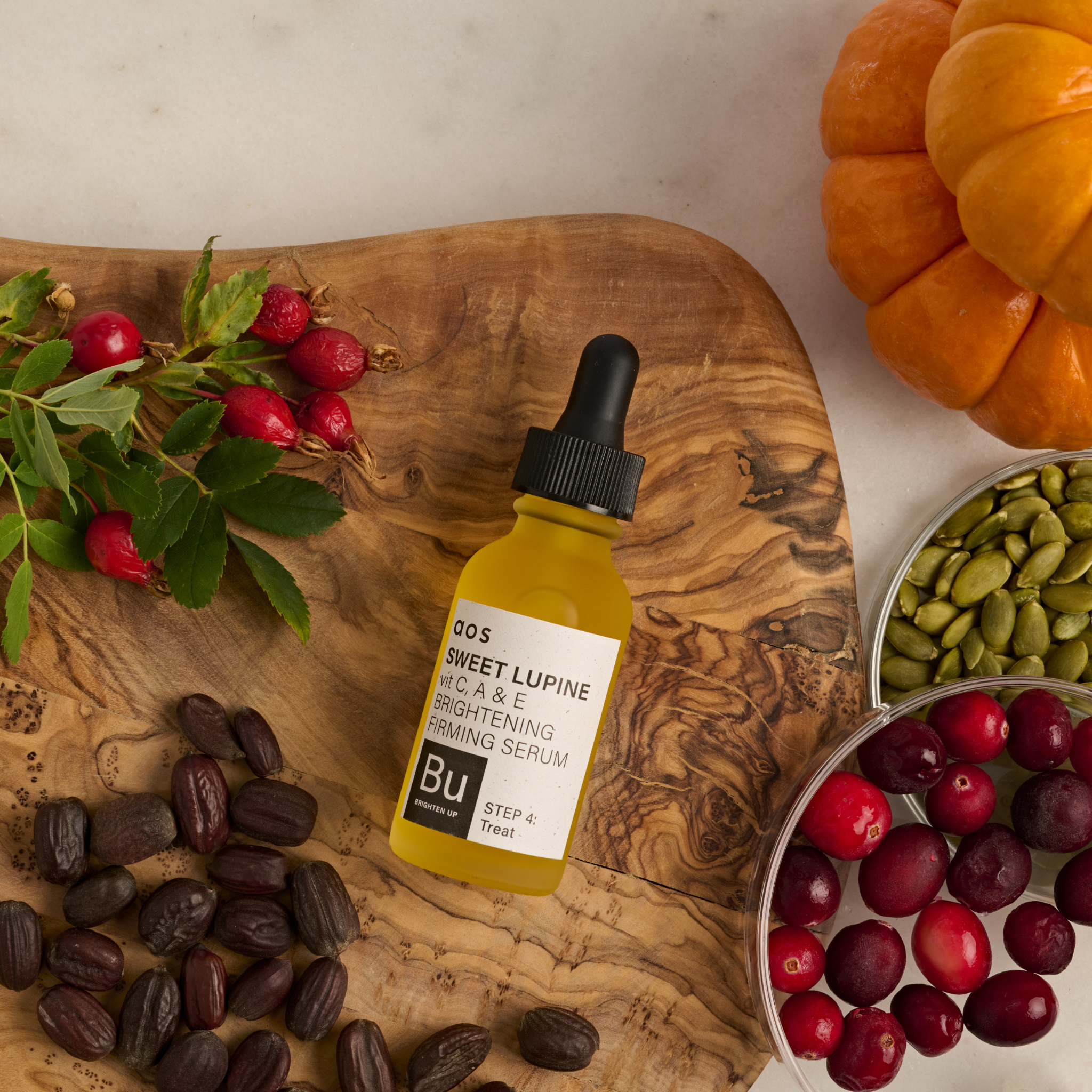


Share and get 15% off!
Simply share this product on one of the following social networks and you will unlock 15% off!